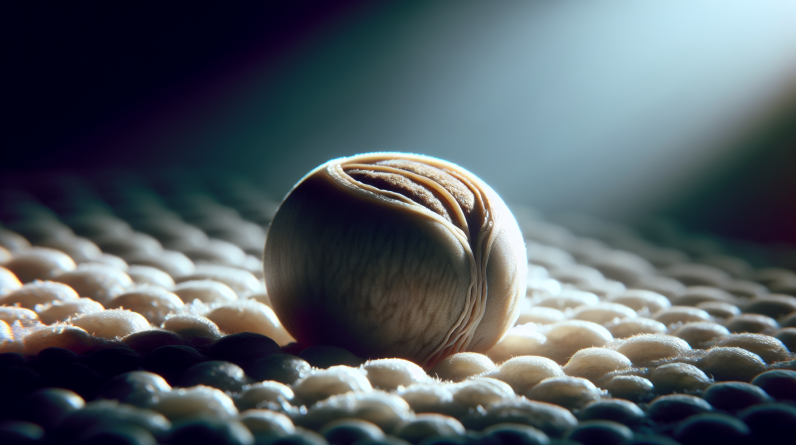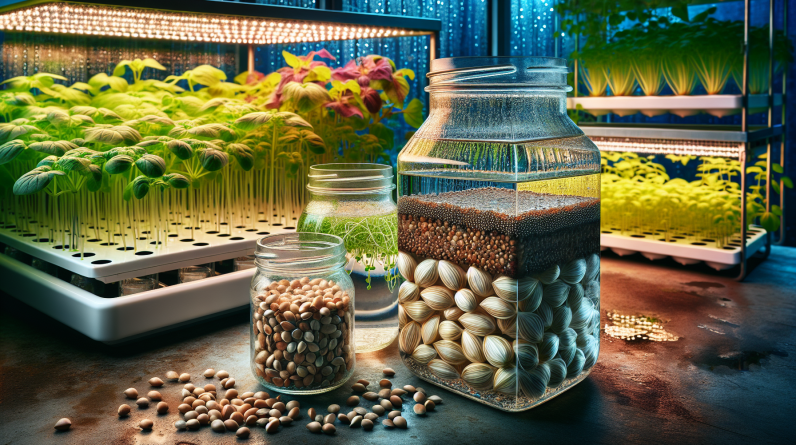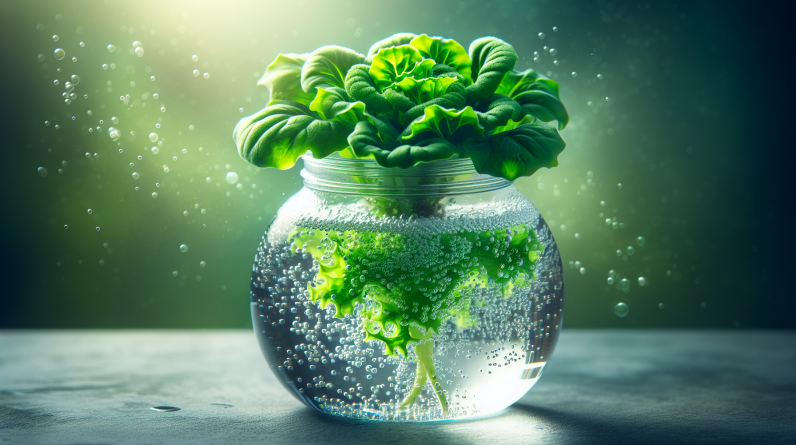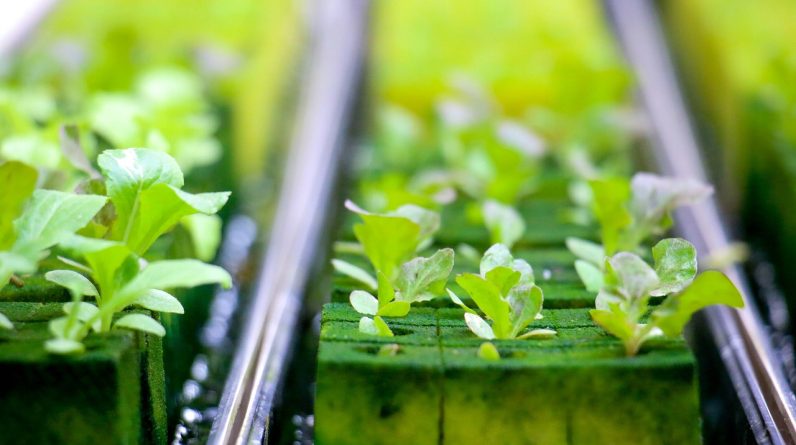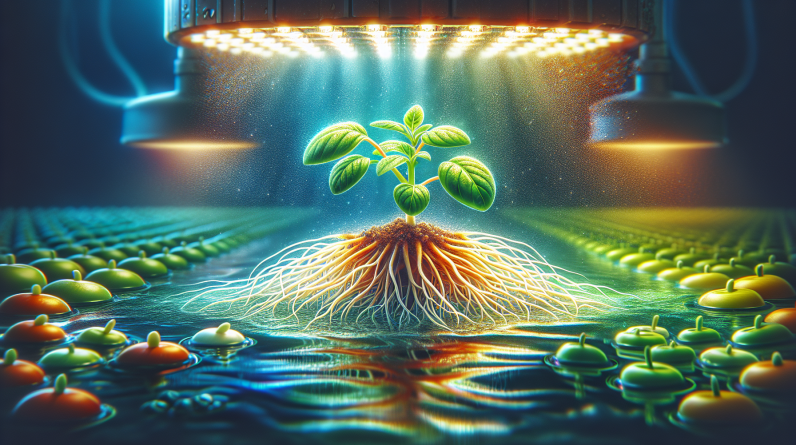
Imagine a world where plant seeds sprout and thrive faster than ever before – a world where hydroponics takes gardening to a whole new level. But wait, what exactly is hydroponics? Simply put, it’s a method of growing plants without soil, using nutrient-rich solutions instead. This innovative approach to cultivation has sparked a debate among green thumbs: do seeds grow faster in hydroponics? Let’s take a closer look at the possibilities and implications of this hydroponic wonderland.
The Basics of Hydroponics
Definition
Hydroponics is a method of growing plants without soil, where the plants receive all the necessary nutrients through a nutrient-rich water solution. It involves immersing the roots of plants in a nutrient solution and providing them with the necessary light and oxygen to facilitate their growth. This innovative technique has gained popularity in recent years due to its numerous advantages over traditional soil-based gardening.
How It Works
In hydroponics, plants are grown in a controlled environment, such as a greenhouse or indoor grow room. The roots of the plants are suspended in a growing medium, which can be inert materials like perlite, vermiculite, or coconut coir. The plant roots are constantly bathed in a nutrient-rich water solution, which is manually or automatically supplied to the plants. The plants also require a consistent light source and proper oxygenation to thrive. By creating an optimal growing environment, hydroponics enables plants to grow faster and more efficiently.
Advantages and Disadvantages
Hydroponics offers several advantages over traditional soil-based gardening. Firstly, it allows for precise control over nutrient delivery, giving plants the exact amounts they need. This results in faster growth rates and higher yields. Additionally, hydroponics eliminates the risk of soil-borne diseases and pests, as plants are only exposed to the sterilized growing medium and nutrient solution. Furthermore, hydroponics uses water more efficiently compared to traditional soil-based gardening, making it a more sustainable option.
However, hydroponics also has its disadvantages. The initial setup cost can be higher compared to traditional gardening, as it involves the installation of specialized systems and equipment. Moreover, hydroponics requires more careful monitoring and maintenance, as any imbalance in the nutrient solution or environmental conditions can negatively impact plant growth. Lastly, hydroponics may limit crop selection, as certain plants may have specific needs that are difficult to meet in a hydroponic system.
The Growth Process of Seeds
Germination
In hydroponics, the germination process is similar to that in soil-based gardening. Seeds are typically started in a germination medium, such as rockwool or coco coir, which provides the necessary moisture and support for the seeds to sprout. Adequate moisture and temperature are crucial for successful germination. Once the seeds have germinated and sprouted, they can be transferred to the hydroponic system.
Root Development
Once the seeds have sprouted, the root development is an essential stage in the growth process. In hydroponics, the nutrient-rich water solution provides plants with an ample supply of nutrients needed for root development. The absence of soil in hydroponics allows for the roots to grow more freely and efficiently, without the restrictions posed by compacted soil. This results in stronger and healthier root systems, which in turn support vigorous plant growth.
Leaf Development
After root development, the focus shifts towards leaf development. Hydroponics provides plants with an optimal balance of nutrients and access to ample light, which are crucial for photosynthesis. The absence of soil-borne pests and diseases also minimizes stress on the plants, allowing them to allocate more energy towards leaf development. With the right nutrients, lighting, and environmental conditions, plants can produce lush and healthy leaves in a hydroponic system.

This image is property of images.unsplash.com.
Factors Affecting Seed Growth
Nutrient Availability
One of the key factors affecting seed growth in hydroponics is nutrient availability. Plants require a precise balance of macronutrients (nitrogen, phosphorus, potassium) and micronutrients (iron, zinc, calcium, etc.) for optimal growth. In hydroponics, the nutrient solution can be tailored to meet the specific needs of the plants, ensuring that they receive the appropriate nutrients at each growth stage. This precise control over nutrient availability allows seeds to grow faster and more vigorously.
Oxygen Levels
Oxygen is another critical factor in seed growth. The absence of soil in hydroponics enables the roots to have direct access to oxygen. Adequate oxygenation is essential for root growth and the uptake of nutrients. In a well-designed hydroponic system, the nutrient-rich water solution is constantly aerated or oxygenated to ensure an optimal oxygen supply for the roots. This promotes rapid seed growth and prevents issues like root rot.
Light Exposure
Light exposure plays a crucial role in seed growth, as it is necessary for photosynthesis. In hydroponics, plants can be provided with a consistent and controlled light source, ensuring they receive the right amount of light for optimal growth. Additionally, hydroponic systems often utilize grow lights that emit specific wavelengths of light, promoting faster growth and higher yields. By providing adequate light exposure, seeds can grow efficiently and produce healthy plants.
Comparing Hydroponics to Soil
Nutrient Absorption
One of the significant differences between hydroponics and soil-based gardening is the way plants absorb nutrients. In traditional gardening, plants rely on the nutrients present in the soil. However, the nutrient availability in soil can be inconsistent and easily depleted. In hydroponics, plants have direct access to a nutrient-rich water solution, ensuring they receive a consistent and balanced nutrient supply. This leads to faster and more efficient nutrient absorption, resulting in accelerated seed growth.
Root System Development
In soil-based gardening, plant roots tend to spread out in search of nutrients and water. This can sometimes result in shallow or inefficient root systems. In hydroponics, the absence of soil allows the roots to grow more freely and focus on efficient nutrient uptake. The roots can spread out in the water solution or growing medium, providing a larger surface area for nutrient absorption. This enhanced root system development in hydroponics contributes to faster and healthier seed growth.
Water and Oxygen Supply
Water and oxygen supply is critical for seed growth in both hydroponics and soil-based gardening. In hydroponics, plants receive a constant supply of water and oxygen through the nutrient-rich water solution. This ensures that the roots are always hydrated and oxygenated, creating optimal conditions for seed growth. In soil, the availability of water and oxygen depends on factors such as soil quality, drainage, and weather conditions. Hydroponics eliminates these variables, providing a more consistent and controlled water and oxygen supply.

This image is property of images.unsplash.com.
Research Studies on Hydroponic Seed Growth
Comparison of Growth Rates
Numerous research studies have compared the growth rates of seeds in hydroponic systems versus traditional soil-based gardening. These studies consistently show that seeds grow faster in hydroponics. The controlled environment, precise nutrient delivery, and optimal growing conditions in hydroponics contribute to accelerated seed growth rates. By maximizing nutrient availability and eliminating stress factors, hydroponics enables plants to grow at an impressive pace.
Yield and Harvest Time
In addition to faster growth rates, hydroponics also results in higher yields and shorter harvest times. Research studies have demonstrated that plants grown hydroponically produce larger and more abundant crops compared to those grown in soil. The optimal nutrient delivery, controlled environmental factors, and unrestricted root systems in hydroponics contribute to increased yield potential. Furthermore, the shortened growth cycle in hydroponics allows for more frequent and efficient harvests.
Nutrient Uptake Efficiency
Hydroponics has shown remarkable nutrient uptake efficiency compared to traditional soil-based gardening. Research studies have revealed that plants grown hydroponically have better absorption of nutrients, resulting in healthier and more vigorous growth. The ability to precisely control the nutrient solution composition allows for targeted nutrient delivery, ensuring that the plants receive the appropriate nutrients in the most efficient manner. This high nutrient uptake efficiency in hydroponics contributes to faster and more robust seed growth.
Advantages of Hydroponics for Seed Growth
Controlled Environment
Hydroponics provides a controlled environment for seed growth, allowing growers to manipulate key factors such as temperature, humidity, and lighting. This precise control promotes optimal growth conditions, resulting in faster and healthier seed growth. By eliminating external variables and creating a consistent environment, hydroponics gives plants the best chance to thrive.
Optimal Nutrient Delivery
One of the most significant advantages of hydroponics for seed growth is the ability to deliver nutrients directly to the plants in a precise and controlled manner. This ensures that the plants receive the necessary nutrients in the right proportions at every growth stage. The optimal nutrient delivery in hydroponics leads to faster growth rates and higher yields, making it an ideal method for maximizing seed growth potential.
Reduced Disease Risks
Hydroponics eliminates many of the disease risks associated with soil-based gardening. By growing plants in a soilless medium and providing them with a sterilized nutrient solution, the risk of soil-borne diseases and pests is greatly reduced. This reduces the need for pesticides and fungicides, creating a safer and healthier growing environment. The reduced disease risks in hydroponics contribute to healthier plants and improved seed growth.
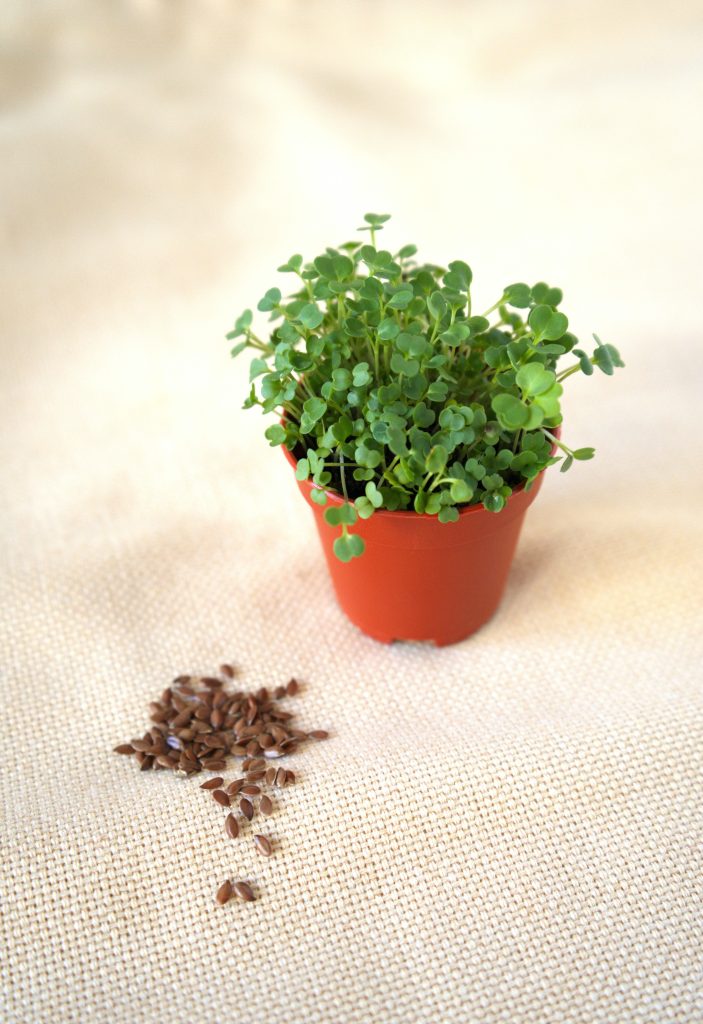
This image is property of images.unsplash.com.
Disadvantages of Hydroponics for Seed Growth
Initial Setup Cost
One of the main disadvantages of hydroponics for seed growth is the initial setup cost. Hydroponic systems require specialized equipment, such as grow lights, pumps, reservoirs, and nutrient solutions. These upfront costs can be higher compared to traditional gardening methods. However, it’s important to consider the long-term benefits and potential savings in water and pesticide usage that hydroponics offers.
Complexity and Maintenance
Hydroponics can be more complex and require more intensive maintenance compared to traditional gardening methods. The nutrient solution needs to be carefully monitored and adjusted to ensure that the plants receive the right balance of nutrients. Additionally, equipment such as pumps and timers need to be regularly maintained and checked for proper functioning. While hydroponics offers numerous benefits, it does require a higher level of involvement and attention to ensure successful seed growth.
Limited Crop Selection
Another drawback of hydroponics is the limited crop selection compared to soil-based gardening. Some plants may have specific needs that are difficult to replicate in a hydroponic system. For example, plants that rely on symbiotic relationships with soil microorganisms may not thrive in a soilless environment. However, advancements in hydroponic techniques and research are expanding the range of crops that can be successfully grown in hydroponics.
Tips for Successful Hydroponic Seed Growth
Choosing the Right Hydroponic System
There are various hydroponic systems available, each with its own advantages and suitability for specific crops. When aiming for successful seed growth, it’s important to choose a hydroponic system that best aligns with your goals and the specific needs of your plants. Factors such as space availability, crop type, and budget should be considered when selecting a hydroponic system.
Proper Seed Selection
Choosing the right seeds is crucial for successful hydroponic seed growth. Select seeds that are known to perform well in hydroponic systems and match your desired crop selection. Look for seeds that have been tested and optimized for hydroponics to ensure better germination rates and overall growth performance. Proper seed selection sets a strong foundation for optimal hydroponic seed growth.
Maintaining Nutrient Solution
The nutrient solution is the lifeblood of a hydroponic system, as it provides plants with essential nutrients. Proper maintenance of the nutrient solution is critical for successful seed growth. Regularly monitor the pH levels and nutrient levels of the solution, adjusting them as needed to ensure optimal nutrient availability. Additionally, periodically flushing and refreshing the nutrient solution helps prevent the buildup of salts and maintains a healthy growing environment for seeds.
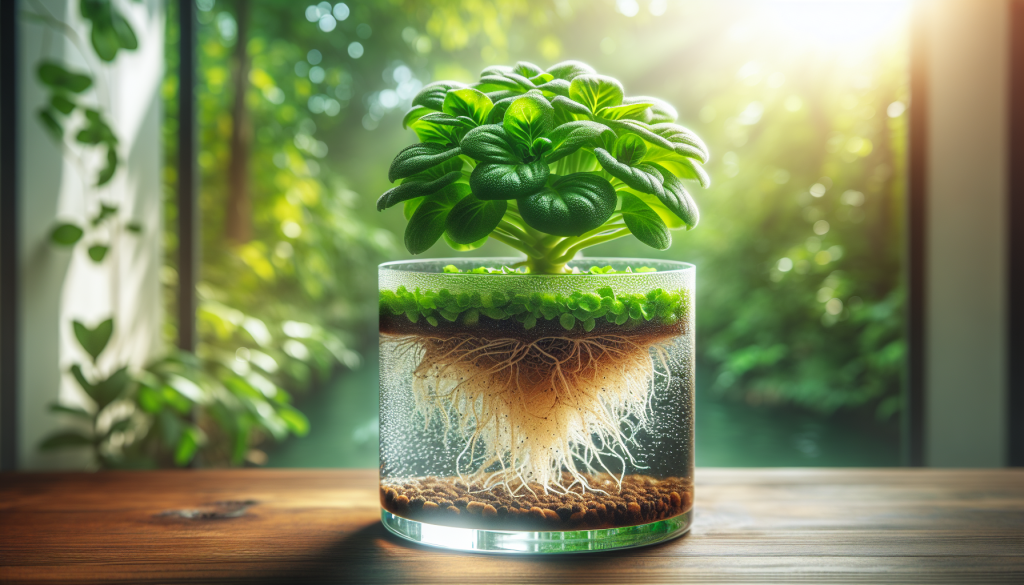
Conclusion
While hydroponics may require a higher initial investment and involve more maintenance compared to traditional soil-based gardening methods, it offers numerous advantages for seed growth. Hydroponics provides a controlled environment, optimal nutrient delivery, and reduced disease risks, resulting in faster growth rates and higher yields. By understanding the basics of hydroponics, the seed growth process, and the factors that affect growth, growers can successfully implement hydroponic systems and achieve optimal results for their crops.


